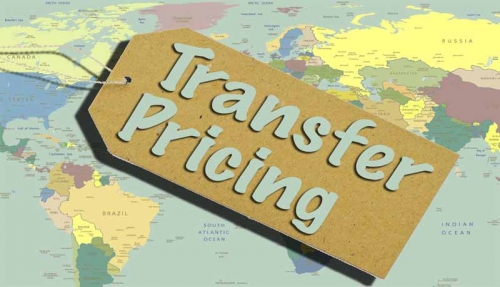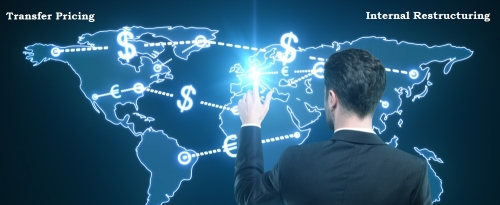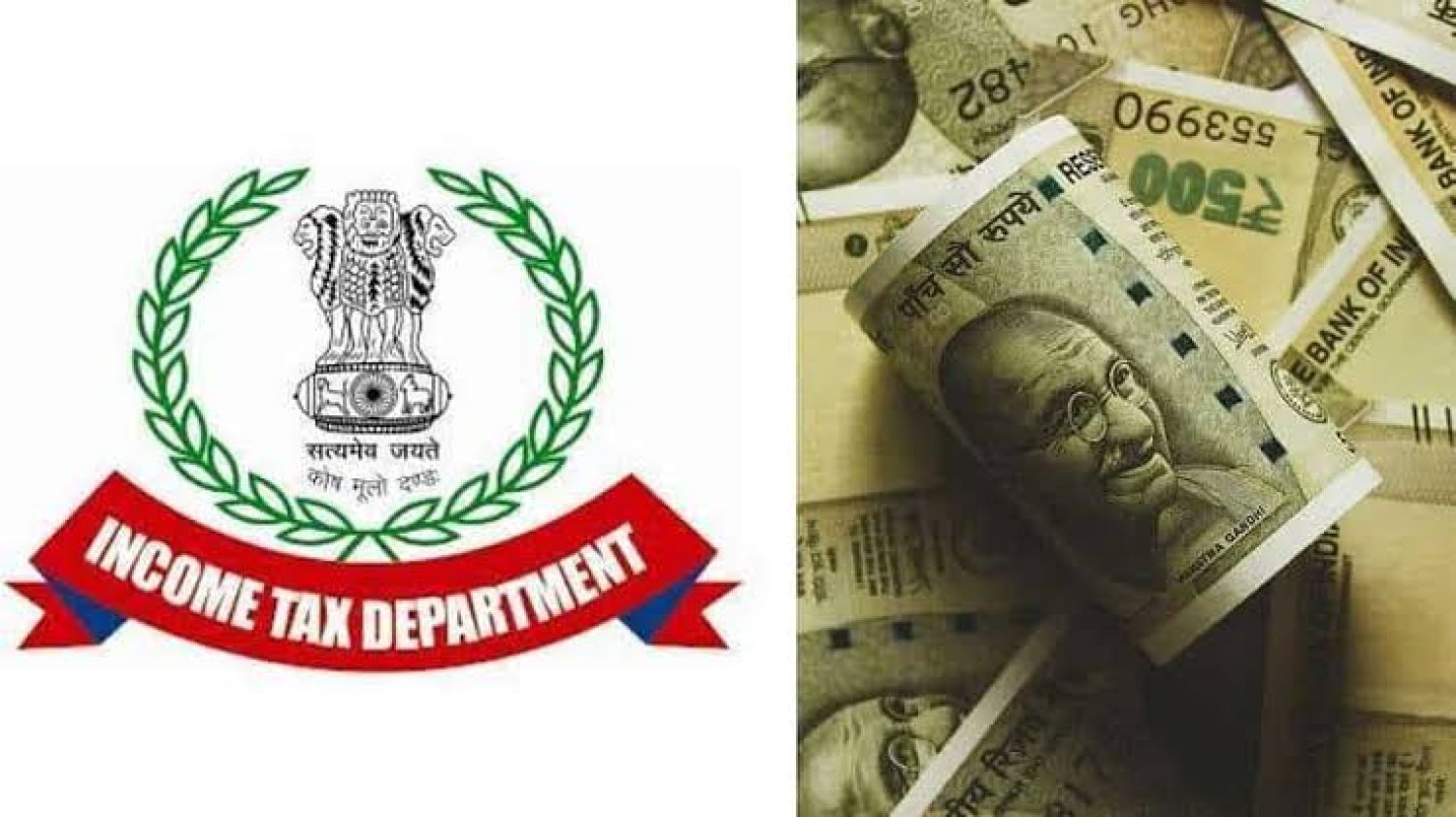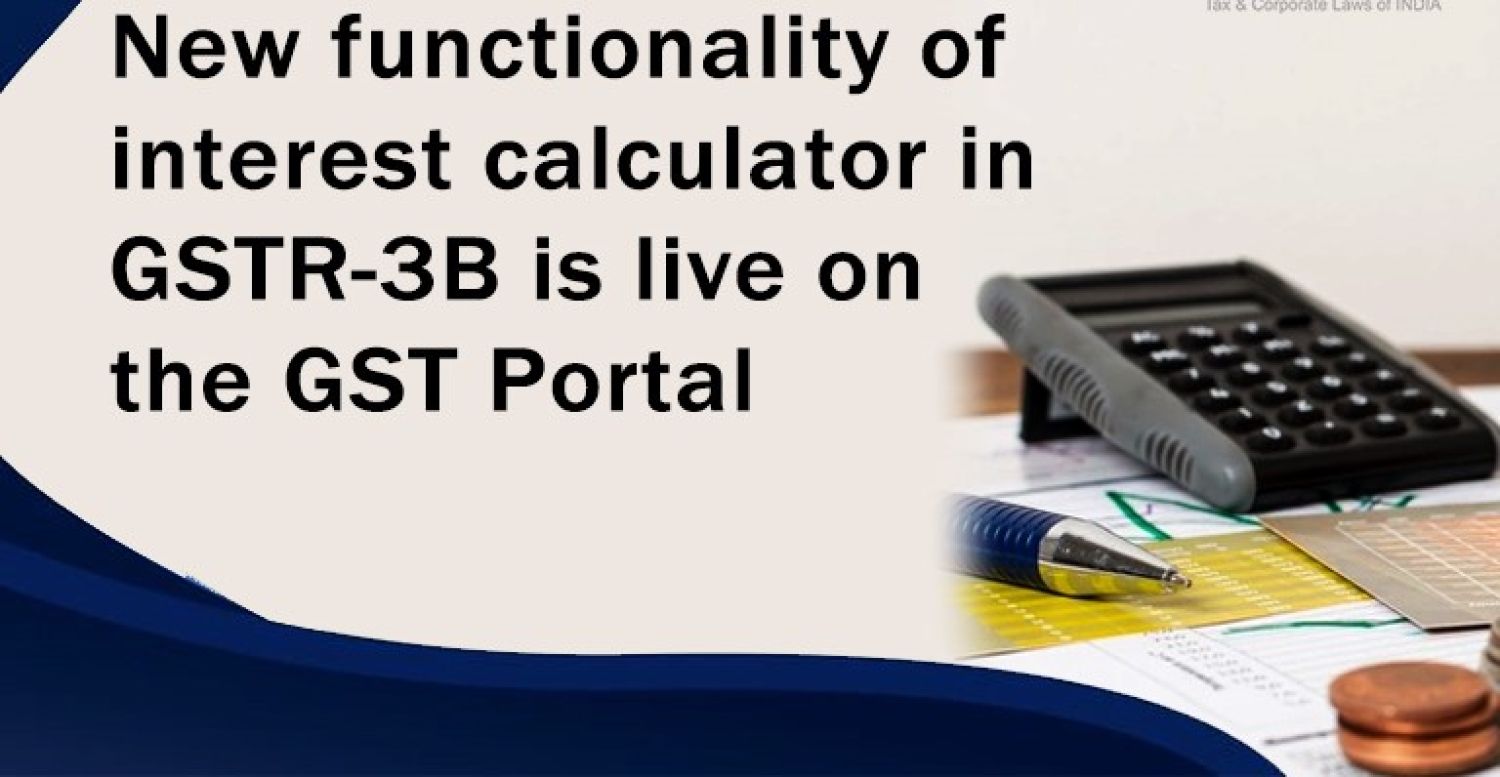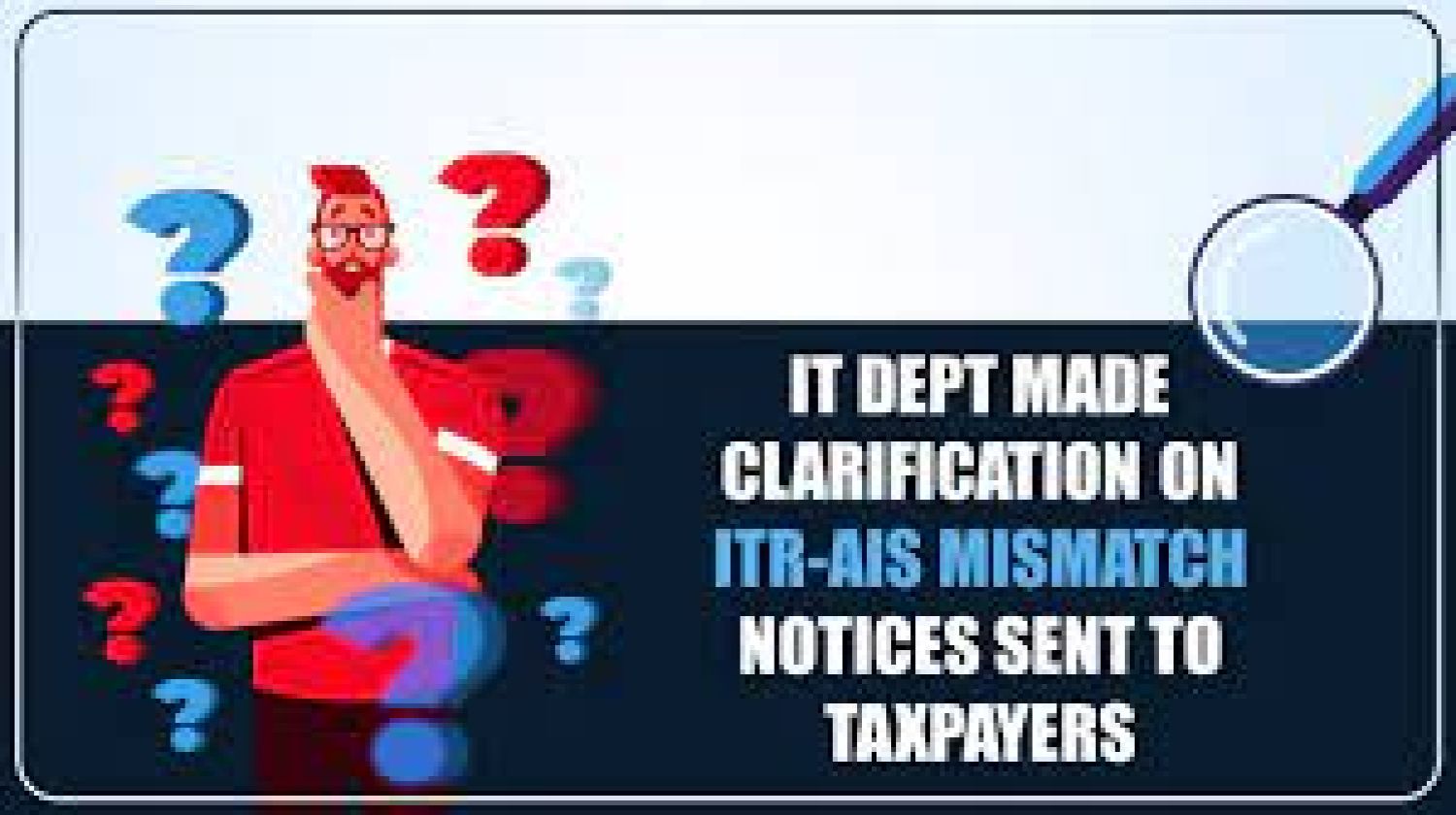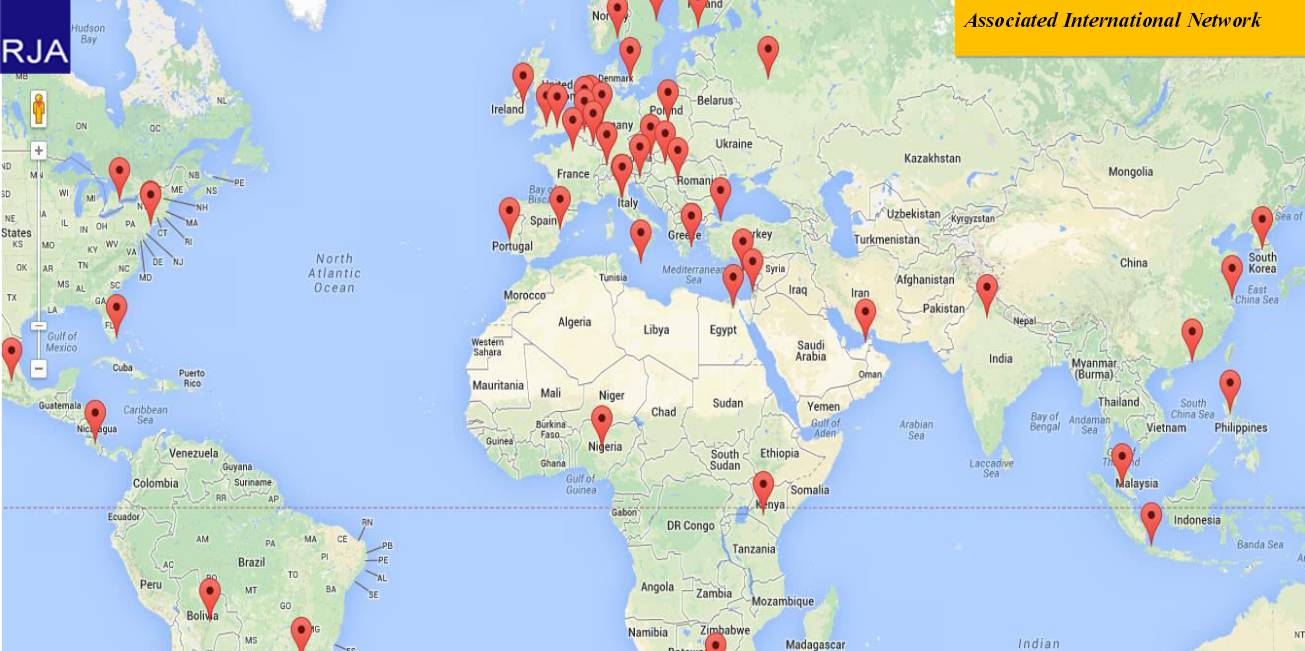Table of Contents

OVERVIEW OF TRANSFER PRICING IN INDIA
Transfer pricing refers to the prices that related parties charge one another for goods and services passing between them.
The most common application of the transfer pricing rules is the determination of the correct price for sales between subsidiaries of a multinational corporation. These prices can be used to shift profits to tax-favored countries, if in a transaction between a subsidiary in high-tax countries and another in a low-tax country, the high-tax subsidiary charges a price below the “true” price, some of the group’s economic profit is shifted to the low-tax subsidiary. Obviously, taxpayers would want to engage in this sort of behavior because it can significantly reduce their taxes. If there were no limitations on this behavior, the entire income of multinational corporations would be taxed at the lowest tax rate in the world to zero rates of taxation. Consequently, most countries have some set of tax rules that regulate the prices that related persons can charge one another.
From past experience, it has been noticed that foreign multinational enterprises adopting the following practices to avoid tax payments: -
- Manipulation of prices
- Manually inflated rent and interest
- Double payments for management charges or payment of unknown services and non-exist services.
- Agreement for shift the sources of income etc.
So to stop, these types of wrong practicing transfer pricing provisions are made by tax authorities.
SECTION 92C- TRANSFER PRICING - COMPUTATION OF ARM’S LENGTH PRICE
Comparable and adjustments/Comparable – Illustrations: Where companies having revenues from software sales or software products development or being engaged in research or providing KPO services or product designing/engineering services, could not be compared to assessee providing software development services; a further company in which extraordinary events took place could not be comparable.
Comparable and adjustments/Comparable – Illustrations: Where the turnover of the assessee company was less than Rs. 20 crores, companies having turnover more than Rs. 200 crores could not be taken as comparable.
Comparable and adjustments/Comparable - Illustrations/Adjustments – Illustrations: While determining ALP foreign exchange gains/loss arising from transactions of revenue nature was to be considered as part of operating profit/cost of the assessee as well as that of comparables.
Comparable and adjustments/Comparable - Illustrations/Adjustments – Illustrations: In the case of the assessee, rendering ITES services to its AE, company rendering software development services such as verification and validation of software, can not be accepted as comparable.
Comparables and adjustments/Comparables – Illustrations: A leading company that was engaged in software products, owned significant IPRs and intangibles, had significant R&D activities, brand attributable profits, etc., could not be regarded as comparable to a captive software development service provider.
Comparables and adjustments/Adjustments - Foreign exchange gains:
Foreign exchange loss/gain arising as a consequence of the realization of consideration for rendering software development services cannot be excluded from operating revenues for purpose of calculating the operating margin of the assessee.
Section 92 of the income tax act deals with the rules of transfer pricing. The rules of section 92 are as follows:
Following conditions have been satisfied for applicability of section 92:
- The transaction will be done between a resident and a non-resident.
- Connections between the above two are very close.
- The business condition of the resident person is that produce no profit or less than normal profit
If the conditions (i) & (iii) were satisfied, then the Assessing Officer under the Act has power:
- to determine the number of profits, which is reasonably assumed to have been derived from such business.
- to include such amount in the total income of the resident.
https://carajput.com/learn/rulespenaltiesmethodsdocumentation-required-in-transfer-pricing.html
Documentation Requirements to be verified Rule 10D (1)
Following are the compulsory documentation required by law: -
- Description of Ownership Structure (Step I)
- Profile of Multinational Group (Step II)
- Description of Business (Step II)
- Nature & Terms of International Transactions (Step III)
- Description of Functions, Risks & Assets (Step IV)
- Record of Economic & Market Analyses, if any (Step III & IV)
- Record of Uncontrolled Transactions & Comparability analysis (Step V)
- Description of Methods considered (Step VI)
- Record of Actual working (Step VII)
- Assumptions, policies, Price negotiations, if any. (Step II & IV)
- Any other information, data, or document.
Benchmarking Methodology
- Methodology for comparing international transaction of a tested party to that of comparable transaction
- Methods – CUP, RPM, CPM, PSM, TNMM
Choice of benchmarking methodology
- Depends on the availability of data
- Depends on the comparability of data
- Depends on the reliability of data
- Depends on the adjustability of data
The fair market value of goods can be determined by the following methods: -
- Compare the current market price of goods to the transfer price and make the adjustment in quality, quantity, time of sale, and other factors.
- Show the appropriate mark-up of factors from resale price to outside parties, especially the price at which goods are sold to non-associate third parties.
- In case of a manufacturing concern, estimate reasonable profit of concern and added to the cost.
- Compare the price of goods with the price of goods set by customs authorities for the purpose of levy and collection duties imposed by customs authorities.
- Compare the goods price with value decided by insurance companies.
Transfer Pricing Process: -
- Gathering Background Information
- Functional Analysis
- Manage the Process
- Benchmarking
- Documentation
- Chartered Accountant’s Report
Section 92C of the income tax Act 1961 : - Method of calculating Arm’s length Price
Having regard to different factors, the below can be used to calculate ALP in India:
- Comparable Uncontrolled Price Method (CUP)
- Cost Plus Method
- Profit Split Method (PSM)
- Resale Price Method (RPM)
- Transactional Net Margin Method (TNMM)
Documentation requirements for TP:
Factual and Functional Analysis: In transactions between related parties, compensation will reflect the functions that the parties perform taking into account risks assumed and assets used.
Description of the company and the group: Description of Outline of the business, Structure of the organization, Legal ownership within the MNE Group, Overview of financial key figures.
Industry analysis: it includes details about competitors, market and trends, added values, USPs.
Overview of intercompany transactions: Giving details of all transactions which are related to the companies.
Economic Analysis:
Selection of most appropriate method among all the following methods: -
Comparable Uncontrolled Price (CUP) METHOD:
The CUP method evaluates the arm’s-length character of a controlled transaction by comparing the price and conditions to the price and conditions of similar transactions between the taxpayer and an unrelated party or between two unrelated parties. this method is the most direct and reliable way to apply the arm’s-length principle and to determine the prices for the related party transactions.

Computations of Arm’s length price are as follows: -
- Compute the price to be charged or paid for the transfer of property or provide the services in a comparable uncontrolled transaction.
- Such computed price is then adjusting to account for functional differences between comparable uncontrolled transactions and international transactions. That will affect the price of the open market
- That adjust price is Arm’s length price.
COST PLUS METHOD: this method is used to test the activities of manufacturing entities by comparing gross profits to the cost of sales. This method is less likely to be reliable if material differences exist between the controlled and uncontrolled transactions with respect to intangibles, cost structure, business experience, management efficiency, functions performed, and products.

Computations of Arm’s length price are as follows: -
- Compute the direct and indirect costs of production for property transferred or service provided to associate enterprises.
- Compute the normal gross profit of such cost which will incur from the transfer of goods and services to unrelated enterprises.
- Such computed profit is then adjusting to account for functional differences between comparable uncontrolled transactions and international transactions. That will affect the profit of the open market
- The cost that will be calculated above will be added to the adjusted profit.
RESALE PRICE METHOD: The resale price method is normally used to test gross profits earned by sales and distribution entities. This method compares gross profit relative to the turnover of the tested party to gross margins earned by comparable third parties.

Computations of Arm’s length price are as follows: -
- Firstly, compute the price at which property purchased or services are obtained from associate enterprises sell it to unrelated enterprises.
- The resale price is reduced by normal G.P. accruing during purchase and resale of similar goods in a comparable uncontrolled transaction.
- Then reduce all expenses incurred during purchase.
- Such computed price is then adjusting to account for functional differences between comparable uncontrolled transactions and international transactions. That will affect the price of the open market
PROFIT SPLIT METHOD:
This method will eliminate the effect on profits of special conditions made or imposed in a controlled transaction by determining the division of profits that independent enterprises would have expected to realize from engaging in the transaction or transactions.

Computations of Arm’s length price are as follows: -
- Determine the net profit of associate enterprises that will arise from international transactions.
- Determine the relative contribution made by each of the associated enterprises for earning of combined profit.
- Divide that combined profit in the proportion of their contributions.
TRANSACTIONAL NET MARGIN METHOD:
This method compares the tested party’s net profitability on a controlled transaction to the net profit obtained by broadly similar uncontrolled companies on similar transactions.

Computations of Arm’s length price are as follows: -
- Determine the net margin earned from an international transaction.
- Determine the net profit margin earned by the enterprises or by unrelated enterprises.
- Adjust the net profit margin computed above in step 2 for the account of differences.
- The net profit margin will be the same as calculated in step 1.
After the selection of the appropriate method apply the selected method inefficient manner.
Penalty: -
For Failing to submit CA Report
Entities entering into an international transaction are required to obtain a report from a chartered accountant. Failure to furnish a report from a chartered accountant can attract a penalty of Rs. 1,00,000
For Not Maintaining Required Documents
As mentioned above, entities entering into international transactions are required to maintain certain documents as listed above. Failure to maintain such document or failure to report or furnishing incorrect information can attract a penalty of up to 2% of the value of each transaction, where noncompliance exists.
for Not giving Documents to tax authorities within the time
Tax authorities may demand any related information or documents in the course of any proceeding, from any person who has entered into international transactions. The taxpayer must furnish such information or document within a period of 30 days from the date of receipt of a notice. Failure to furnish information can attract a penalty equal to 2% of the value of the specified transaction for each such failure.
Case law and judicial pronouncements: -
Analysis of tested party’s accounts – whether accounts are to be split vis-à-vis international transactions or profits of the entity as a whole to be analyzed
Judicial pronouncement:
- Maintenance of split financials warranted for justification of functionally different activities - use of whole entity approach not appropriate (Manufacturing and trading can’t be aggregated for benchmarking purposes – UCB India)
- ALP of each class of international transactions to be considered separately unless the different classes of transactions are interlinked and cannot be evaluated separately (Development Consultants and Star India)
Documentation to be maintained for justifying arm’s length price
Judicial pronouncements:
UCB India
- Documentation maintained to be the extent relevant sufficient compliance with Rule 10D.
- The documentation mentioned in all clauses of Rule 10D need not be maintained if not relevant
- What needs to be seen is the substantial compliance by the taxpayer with regard to the maintenance of documents (UCB India)
Cargill India
- Documents and information to be kept and maintained as per Rule 10D
- Voluminous, and all the sub-clauses attracted very rarely
- Taxpayer and tax authorities are required to consider only relevant information and documents needed for determining ALP
- Not possible to casually ask for information under all the clauses
Functional Analysis
Judicial pronouncements:
- Functional analysis of potentially comparable companies should be taken into consideration and compared with that of the tested party (Aztec India, E-gain Communication, Skoda, UCB India)
- In case of differences in the functional profiling of the comparable companies vis-à-vis the tested party, adjustments should be made to the comparable companies (E-Gain, Sony India, Skoda Auto)
- Selection of the tested party is important for the purpose of determining the Most Appropriate Method. The selection of the tested party depends on the following:
- Least complex of the entities i.e. entity performing simpler functions, assuming lesser risks, owning routine assets
- Comparable data with regard to the entity is easily available(Development Consultants)
- Foreign entity can be selected as the tested party if it’s the least complex entity
- However comparable data in this regard need to be provided by the taxpayer (Ranbaxy India)
Selection of Method
Judicial pronouncements: -
- It is imperative for the department to reject the taxpayer’s analysis vis-à-vis the selection of the most appropriate method, before selecting any other method as the most appropriate method (MSS India)
- Transaction based methods are to be preferred over profit-based methods (The aforesaid observation is not in consonance with Indian TPR which does not provide any hierarchy amongst the methods)
- The Loss incurred by the taxpayer does not lead to the foregone conclusion that the taxpayer’s international transactions are not at arm’s length.
- However, the taxpayer needs to demonstrate the reasons for the loss and will be required to justify based on documentation in this regard.
- Status of the company vis-à-vis industry performance / economic slowdown
- Business strategy – market penetration, diversification, etc.
- Start-up phase
- Capacity utilization
- Management inefficiency.
- Government Policy
The Transfer Pricing Compliance deadline is fast approaching and you may be struggling with the completion of TP Documentation, Master Files, or other compliances for clients that require specialized knowledge and access to tools such as benchmarking databases.
Basic compliances & documentation of transfer Pricing
| Name of Form | Particulars of reporting | Applicability Of TP | Timelines of compliance |
| Local File | |||
| 3CEB | Report from an accountant to be furnished under section 92E relating to the international transaction(s) along with Transfer Pricing Study. | Companies engaged in international transactions with any associated enterprise. | By October 31 of the Assessment year |
| Master File | |||
| 3CEAA (Part A) | Basic details of the group- consists of name, address, the tax identification number | To be filed by every person, being a constituent entity of an international group. | By November 30 of the Assessment year. |
| 3CEAA (Part B) | Provides an overview of the international group's business operations and transfers pricing policies by a constituent entity | To be filed if the following two conditions are satisfied:
1. consolidated revenue of the international group exceeds RS 500 Cr & 2. Either of the following: The aggregate value of the international transaction exceeds Rs 50 Cr, or the Total value of international transactions regarding purchase, sale, transfer, lease or use of an intangible property as per the books of accounts intangible property exceeds Rs 10 Cr. |
30th Nov of the Assessment year |
| 3CEAB (Intimation) | Intimation for filing Form 3CEAA by a constituent entity | In case multiple constituent entities are resident in India. | 31st October of the Assessment year |
| Country by Country reporting | |||
| 3CEAC | To intimate Alternate Reporting Entity or Parent Entity. | Consolidated revenue of international group exceeds INR 5,500 crores | 31st January of the Assessment Year. |
| 3CEAD | CBCR Reporting- Report by a parent entity or an alternate reporting entity or any other constituent entity, resident in India, | Consolidated revenue of international group exceeds INR 5,500 crores | Within 12 months following the end of reporting accounting year. |
| 3CEAE | Intimation on behalf of the international group – no agreement for the exchange of CbCR by Constituent entity | Consolidated revenue of international group more than Rs 5,500 Cr | 31st January of the Assessment year |
For further queries and professional assistance, feel free to contact ASC Group.
The task is further complicated when a foreign database benchmarking is needed, requiring substantial capital investment.
At Rajput Jain and Associates have over 12+ years of experience advising multinational corporations on their transfer pricing matters, including TP Documentation, Master Files and related forms, and TP benchmarking. We have Indian and foreign database subscriptions to provide high-quality comparable company benchmarks along with royalty and financial transaction benchmarks.
We can assist you with transfer pricing matters, including:
· Providing benchmarking studies (including foreign databases) that you can include in your clients’ TP Reports
· Preparation of full TP Reports
· Providing Industry Overviews
· Preparing Form 3CEAA format for uploading Master Files
· Preparing Master Files for Indian MNCs
· Providing royalty and interest benchmarks

